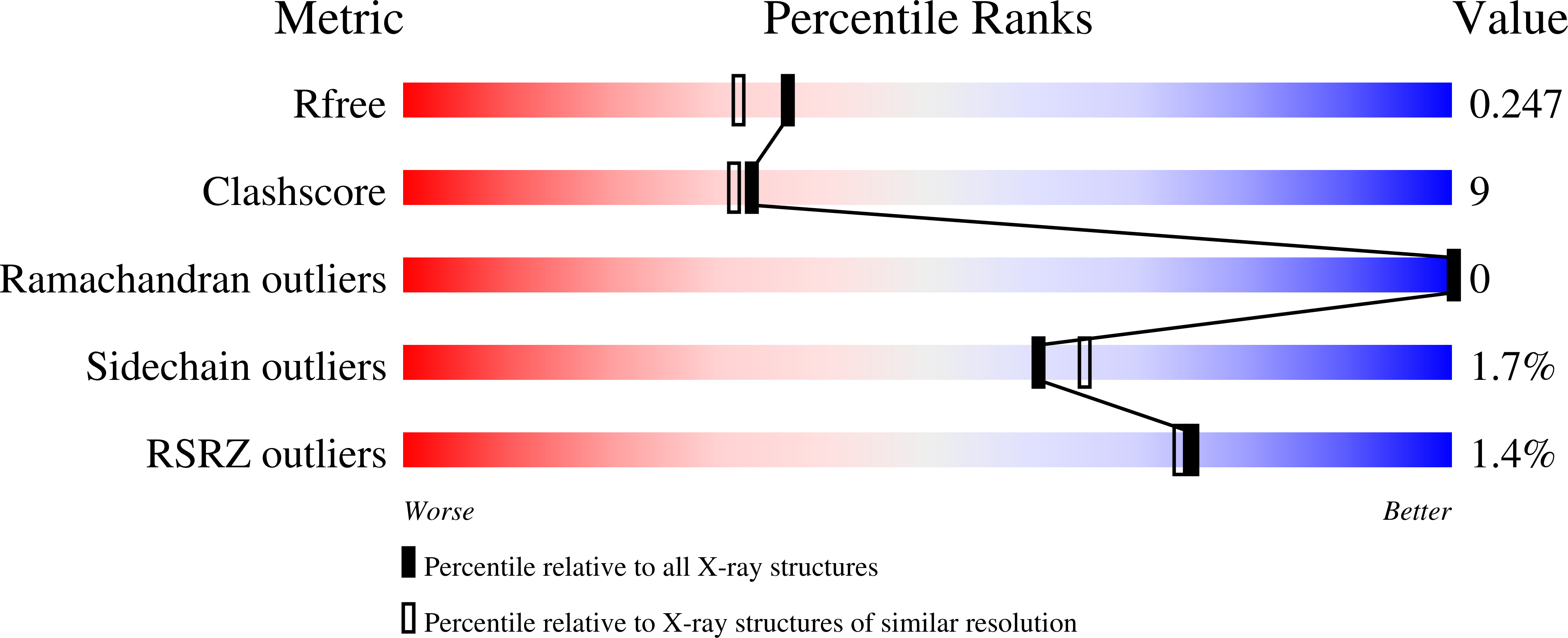
Deposition Date
2009-02-04
Release Date
2009-04-28
Last Version Date
2023-09-06
Entry Detail
Biological Source:
Source Organism:
Streptomyces coelicolor (Taxon ID: 1902)
Host Organism:
Method Details:
Experimental Method:
Resolution:
2.01 Å
R-Value Free:
0.23
R-Value Work:
0.16
R-Value Observed:
0.17
Space Group:
C 2 2 21


